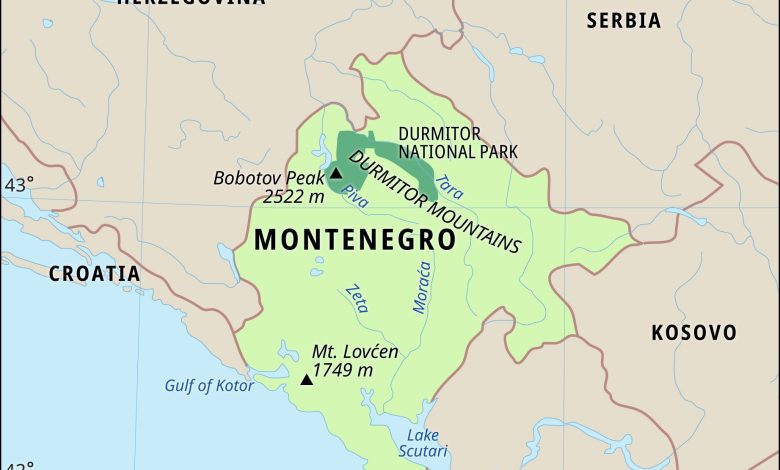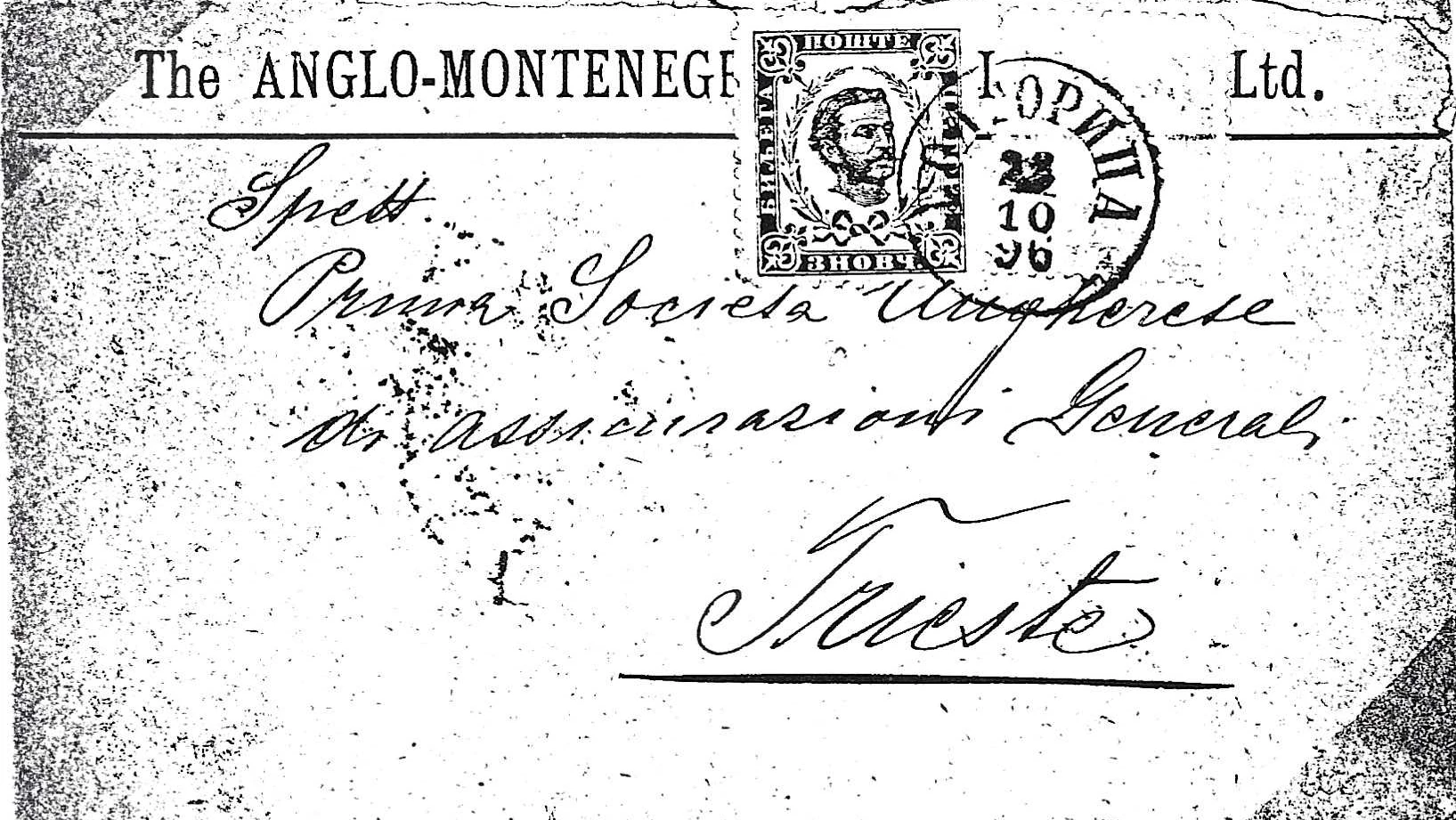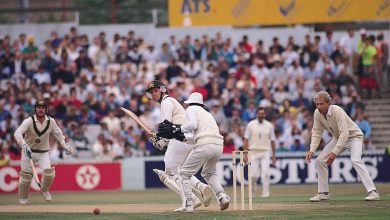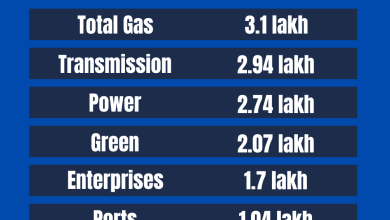Introduction And History of Montenegro: A Journey Through Time

Montenegro is a small country in Southeast Europe. It is located on the Adriatic Sea. This beautiful country has a rich history and culture. Let us explore Montenegro’s past and present.
Geographical Overview
Montenegro is in the Balkans. It is bordered by Croatia, Bosnia and Herzegovina, Serbia, Kosovo, and Albania. Its coastline stretches along the Adriatic Sea.
Early History of Montenegro
The history of Montenegro dates back to ancient times. Illyrian tribes lived here first. Later, it became a part of the Roman Empire.
The Roman Era
During the Roman era, Montenegro was part of the Roman province of Dalmatia. The Romans built roads and cities. They brought new technologies and culture.
The Byzantine Period
After the fall of the Roman Empire, Montenegro became part of the Byzantine Empire. The Byzantine influence can still be seen in Montenegrin culture.
The Medieval Period
The medieval period was significant for Montenegro. Several important events and developments took place.
Formation Of Duklja
Duklja was an early medieval state in Montenegro. It was established in the 10th century. Duklja was one of the first Slavic states in the Balkans.
The Rise Of Zeta
In the 13th century, Zeta emerged as a powerful state. It was centered around modern-day Montenegro. Zeta played a crucial role in Montenegrin history.
Ottoman Period
The Ottoman Empire had a significant impact on Montenegro. The Ottomans ruled the region for centuries.
Resistance Against The Ottomans
The Montenegrins resisted Ottoman rule fiercely. They fought many battles to maintain their independence.
Independence And Autonomy
Despite Ottoman pressure, Montenegro maintained a degree of autonomy. The Montenegrins preserved their culture and traditions.

Credit: militaryphs.org
Modern History of Montenegro
The modern history of Montenegro is marked by significant events and changes.
Montenegro In The 19th Century
In the 19th century, Montenegro gained international recognition. It was recognized as an independent state at the Congress of Berlin in 1878.
The Kingdom Of Montenegro
In 1910, Montenegro became a kingdom. King Nicholas I was the first and only king of Montenegro.
World War I And Aftermath
During World War I, Montenegro fought alongside the Allies. After the war, it became part of the Kingdom of Serbs, Croats, and Slovenes.
Montenegro in the 20th Century
The 20th century brought significant changes to Montenegro.
World War Ii
During World War II, Montenegro was occupied by Axis powers. The Montenegrin people resisted the occupation.
Post-war Period
After the war, Montenegro became part of Yugoslavia. It remained a part of Yugoslavia until the 1990s.
Independence In 2006
Montenegro declared independence from Serbia and Montenegro in 2006. It became a sovereign state.

Credit: www.britannica.com
Cultural Heritage of Montenegro
Montenegro has a rich cultural heritage. Its culture is a blend of various influences.
Language And Literature
The Montenegrin language is the official language. Montenegrin literature has a long history. Many famous poets and writers come from Montenegro.
Music And Dance
Montenegrin music is diverse. Traditional folk music is very popular. Montenegrin dances are vibrant and colorful.
Art And Architecture
Montenegro has beautiful art and architecture. Byzantine and Ottoman influences are visible in many buildings.
Tourism in Montenegro
Montenegro is a popular tourist destination. It offers stunning landscapes and historical sites.
Natural Beauty
Montenegro has breathtaking natural beauty. The Bay of Kotor and Durmitor National Park are famous attractions.
Historical Sites
Montenegro has many historical sites. The Ostrog Monastery and the old town of Kotor are must-visit places.
Activities And Adventures
Tourists can enjoy various activities in Montenegro. Hiking, rafting, and sailing are popular among visitors.
Frequently Asked Questions
What Is Montenegro Known For?
Montenegro is known for its stunning Adriatic coastline, historic sites, and beautiful natural landscapes.
When Did Montenegro Gain Independence?
Montenegro gained independence on June 3, 2006, following a referendum.
Who Were The First Settlers In Montenegro?
The Illyrians were the first known settlers in Montenegro, dating back to ancient times.
What Is The Capital Of Montenegro?
The capital of Montenegro is Podgorica.
Conclusion
Montenegro is a country with a rich history and culture. It has faced many challenges but remains strong. Today, it is a beautiful and welcoming destination.
Summary Table
| Period | Key Events |
|---|---|
| Ancient Times | Illyrian tribes, Roman Empire |
| Medieval Period | Formation of Duklja, Rise of Zeta |
| Ottoman Period | Resistance against Ottomans, Autonomy |
| 19th Century | International recognition, Kingdom of Montenegro |
| 20th Century | World War I and II, Yugoslavia, Independence in 2006 |
Interesting Facts about Montenegro
- Montenegro means “Black Mountain” in Italian.
- The Bay of Kotor is the southernmost fjord in Europe.
- Montenegro has 117 beaches along the Adriatic coast.
- It is one of the world’s youngest countries, gaining independence in 2006.
- Montenegro has five national parks.




